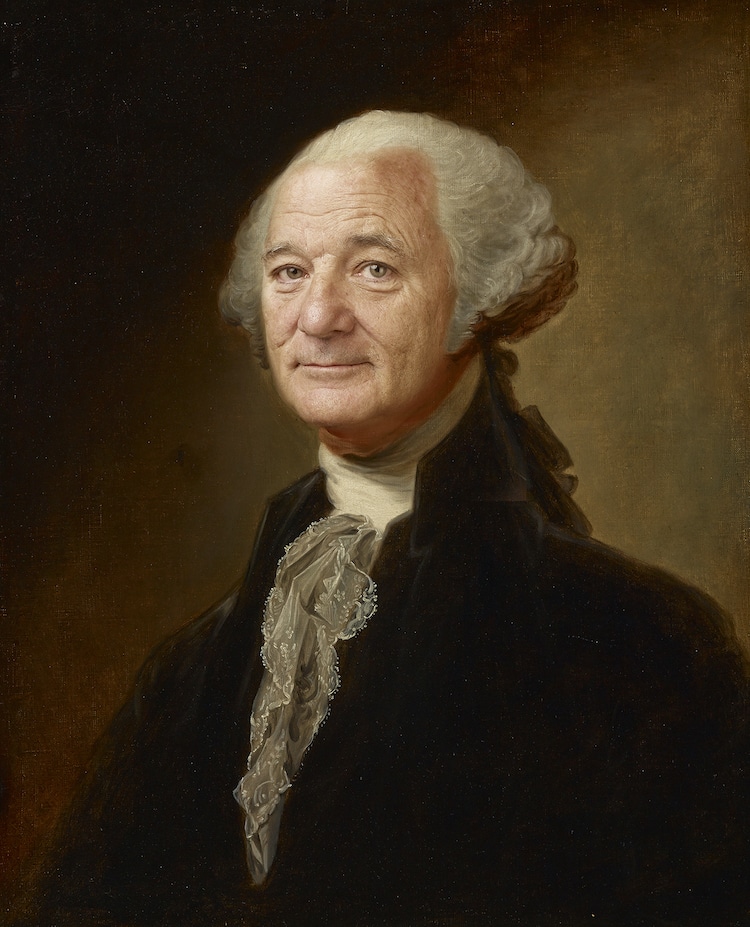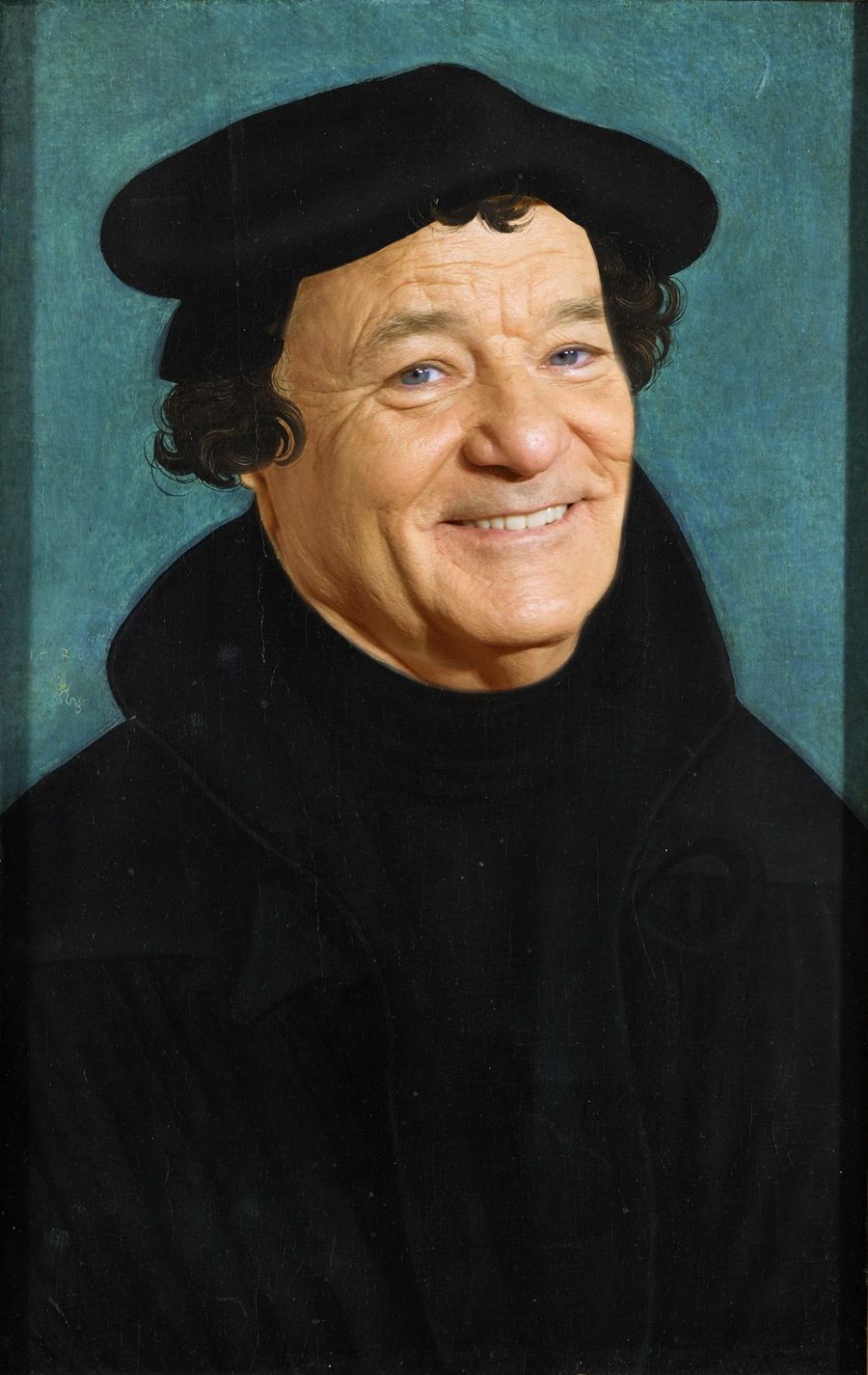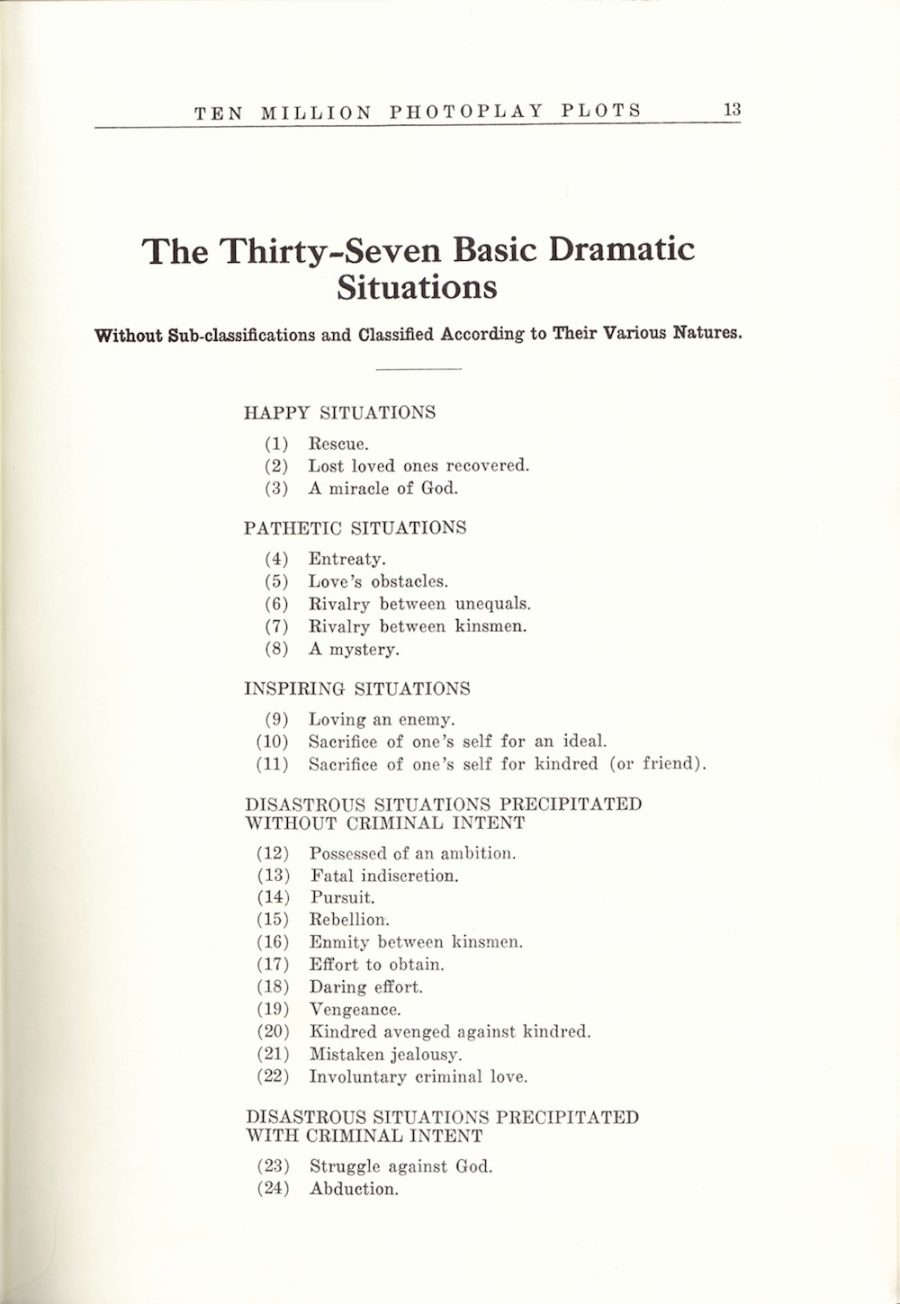Madman or visionary? A little of both? A genius? A brand? A mensch? David Lynch is all these things and more, and this fan-made video above is a quick reminder of the career and the consistency of the film director/artist/transcendental meditator who turned 74 this year.
Early in the video we see one of the director’s publicity stunts, when he sat in a chair on the corner of La Brea and Hollywood, next to a cow and large poster of Laura Dern. No, the cow had nothing to do with the film he was promoting—2006’s Inland Empire—but it did stop traffic and draw attention. Lynch didn’t have an advertising budget to promote Laura Dern’s lead role in the film, so the cow had to do.
Laura Dern has been in a majority of Lynch’s films since 1986’s Blue Velvet, and the video honors their friendship (he calls her “Tidbit”) as well as with Kyle MacLachlan (who Lynch calls “Kale”) and Naomi Watts. All three obviously adore this man.
There’s also a compilation of Lynch swearing like a champ. Product placement in film is “bullshit,” problems on set are “fucking nuts,” and for those who sat through the “peanut sweeping” scene in Twin Peaks The Return, you’ll understand his outburst on set: “Who gives a fuc&ing $hit how long a scene is?”
We’ve linked previously to Lynch’s video where he makes quinoa, and this short edit sums up that video nicely. It’s also nice to see attention given to The Straight Story, which usually gets passed over in his filmography, despite (or maybe because of) being his sweetest movie.
There’s also a reminder that Lynch is currently releasing videos from quarantine in his Los Angeles home. Not only is he delivering the daily weather reports like he used to, but is also currently announcing Today’s Number, which is causing quite a lot of anxiety in the YouTube comments. (Why no seven? WHY NO NUMBER 7?)
The video ends with Lynch’s theory about catching ideas like fish—we’ve also highlighted this before—and then a lovely montage of title cards, reminding us all that “Directed by David Lynch” is a guaranteed sign of quality.
Related Content:
Patti Smith and David Lynch Talk About the Source of Their Ideas & Creative Inspiration
Ted Mills is a freelance writer on the arts who currently hosts the Notes from the Shed podcast and is the producer of KCRW’s Curious Coast. You can also follow him on Twitter at @tedmills, and/or watch his films here.










